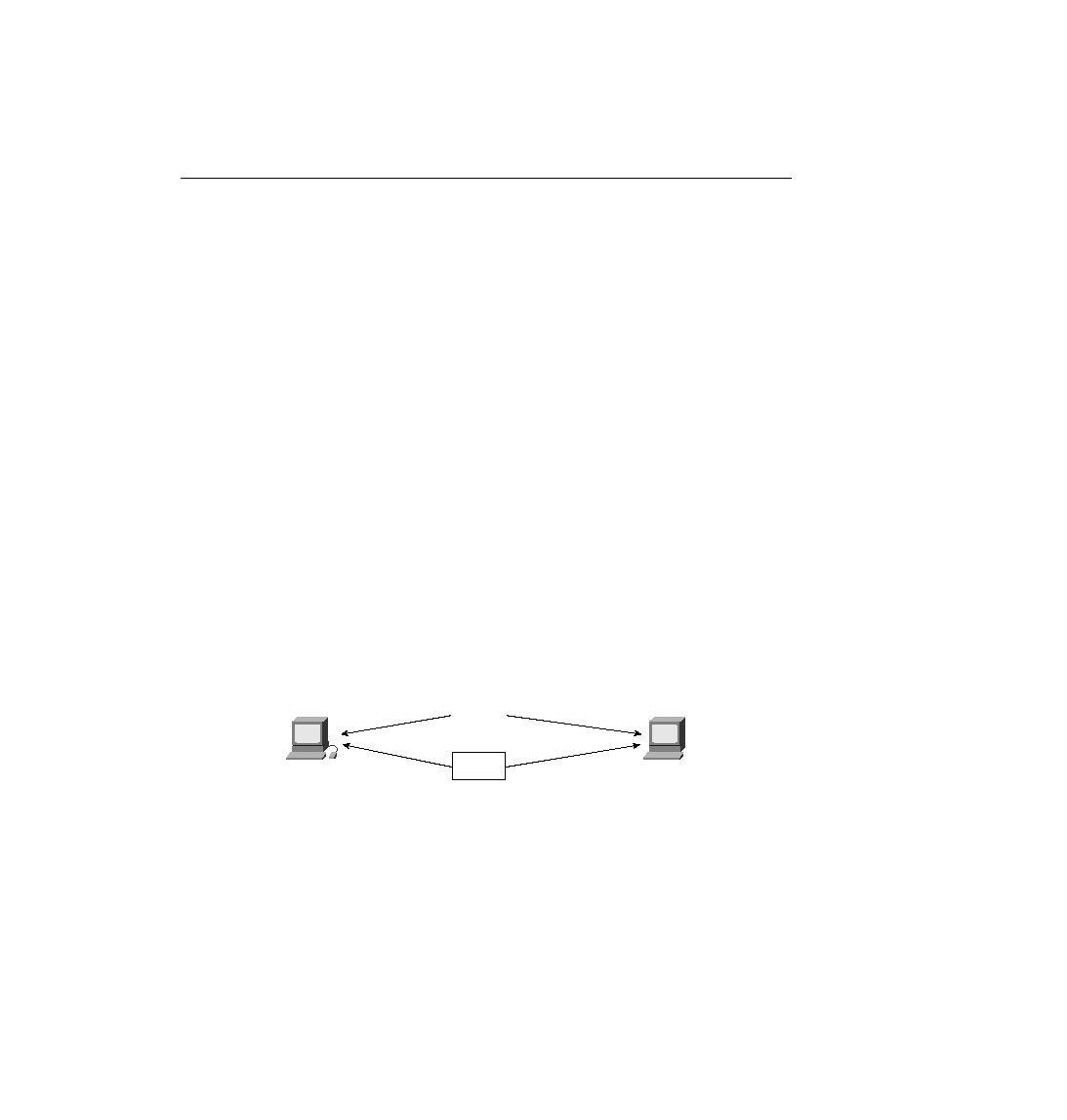
allowed in the same access list. Effectively, any copy into RAM works just as if you typed the
commands in the order listed in the config file.
or TFTP? Who knows? A replace action probably would require you to empty all routing tables,
which might cause an outage. Possibly, this particular nuance is a result of some Cisco
programmer who decided years ago to take the loaded gun out of users' hands. However,
advanced users can accomplish the effect of a replace action by entering configuration mode
and issuing commands until the running config is changed as desired. This requires that the user
know whether each command will replace another that is like it in the RAM configuration file,
or whether each command will simply be added to the configuration, as with an access-list
command.
is the older command, and the erase startup-config command is the newer command. Both
simply erase the contents of the NVRAM configuration file. Of course, if the router is reloaded
at this point, there will be no initial configuration.
NVRAM, and TFTP did not use easy-to-recall parameters such as startup-config and
running-config. In fact, most people could not remember the commands or got the different
ones confused.
configuration mode and setup mode. Setup mode is a router configuration mode that prompts
the user for basic configuration parameters. A Cisco router can be configured using the CLI in
configuration mode without using setup mode. Some users like to use setup mode, however,
particularly until they become more familiar with the CLI.